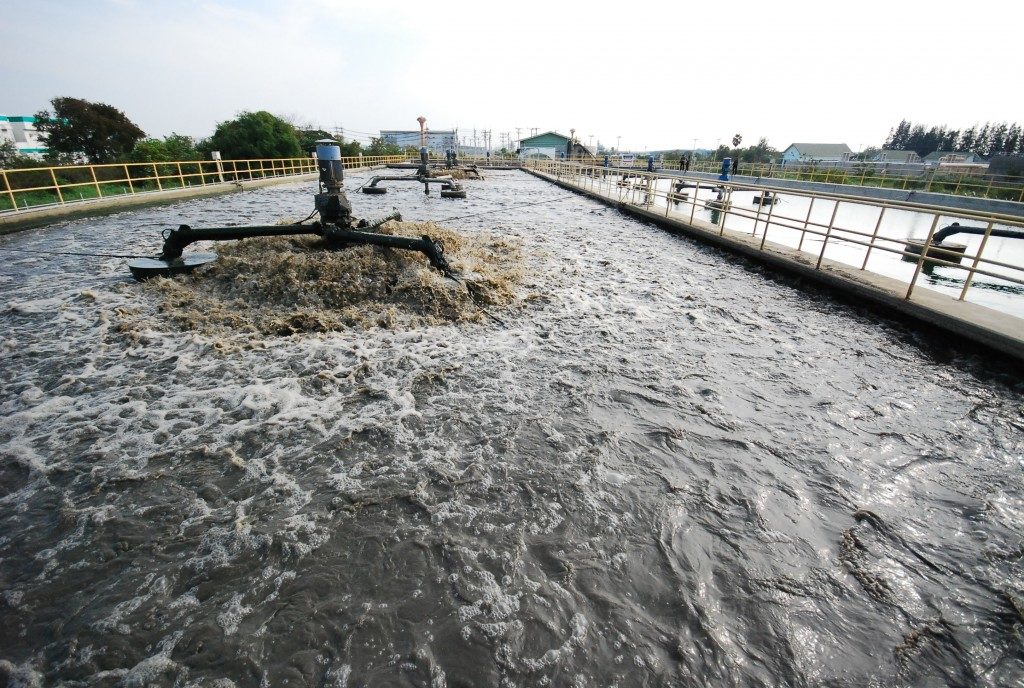To repair or replace windows? That is the question. One option might be more cost-efficient than the other depending on the condition of your windows. Repairing existing structures might seem like the cheaper option, but there are some circumstances where repairs turn out to be almost equal to or are more expensive than a new set of windows. This handy guide will help you figure out which choice is more appropriate for your situation.
When to repair windows
Energy-efficient windows. If you find that your energy bills are skyrocketing, especially during the warmer or colder months, repairing your windows is one way to keep costs down. Installing blackout window films can improve heat retention during the winter, and block out bright sunlight during the summer. You can stand to cut back almost 30% of the costs of your energy bills. Weatherstripping and caulking are also other ways to plug up drafty areas and further improve insulation.
Dirty glass. Discolored or cloudy window surfaces are easy to repair and are usually caused by frequent exposure to rain, pollution, and dirt. Unless the dirt is in between the panes of the glass, and not just on the exterior, then all your windows need is a good cleaning and scrubbing down.
Hardware issues. Windows that are difficult to open or move around most likely have a hardware issue, particularly in the joints, handles, or lift rail. This could be caused by a buildup of grease, debris, or dirt in these areas. An easy solution to this problem would be to re-lubricate the hardware or clean it out with a vacuum or moist cloth towel.
Broken or cracked glass. Broken, scratched, or cracked window glass can be repaired without having to replace the entire window. This is especially true if the entirety of the window is still in excellent condition and only one or more of the window panes are damaged. Damaged double or triple pane windows, on the other hand, may need to be replaced.
When to replace windows

Damaged window seals. Damaged window seals that can’t just be caulked over needs to be replaced. The telltale sign of a ruptured seal is fog between the window panes. If you wipe away the condensation on your window but can’t seem to get rid of it, then the fog is located inside between the panes and your window seal is indeed damaged.
Wood rot. Rot can develop on the wood that surrounds the glass panes due to excessive moisture. This results in mold and severe damage to the structural integrity of the window. You might be able to salvage the wood if you catch the rot in its early stages, but you’ll have to replace the entire window if the rot has already settled into the rest of the structure.
Upgraded materials. The older your windows, the more susceptible they are to damage. They’re also not very energy-efficient. It may be more convenient for you to completely replace your old windows with new ones made out of modern and improved materials to save you time and money in the long run.
Ultimately, deciding whether to replace or repair your window depends on the issue at hand and the severity of the problem. Study the situation carefully and use this guide to help you figure out which option is best for you.





